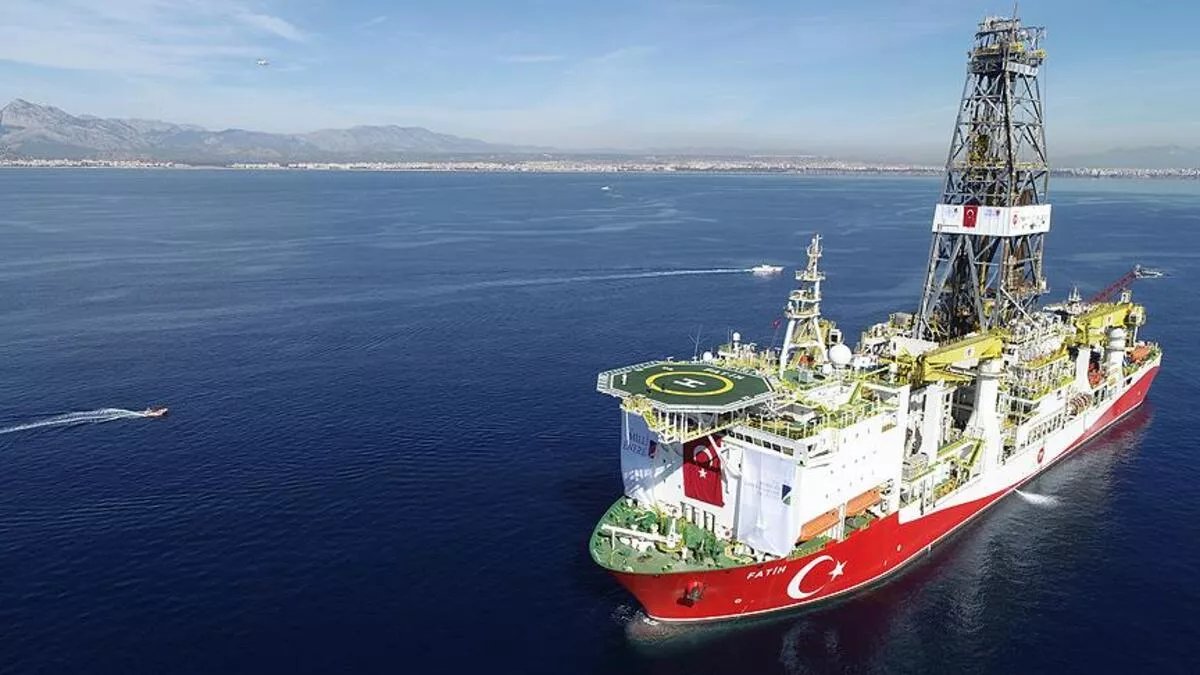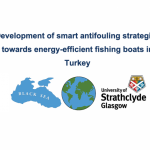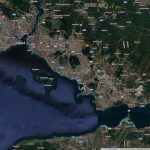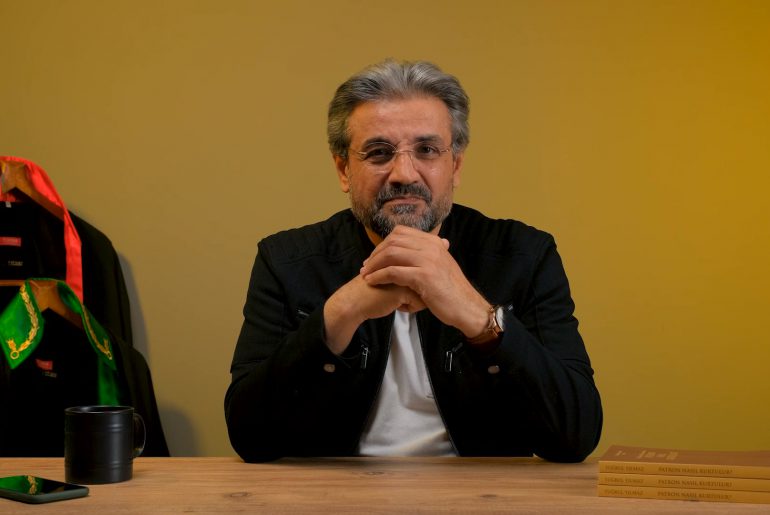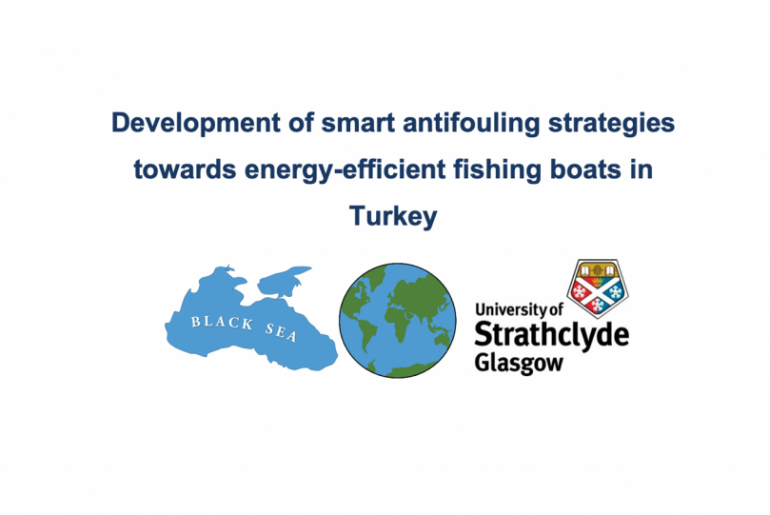INTRODUCTION
Deepwater drilling is under continuous development with ever evolving design requirements for rigs as a consequence. Mobile Offshore Drilling Units are units that are designed to be used in the exploration and drilling operations of oil and gas. These are large vessels that carry out the operation of exploring and exploiting of natural resources found deep below the seabed. They include semi-submersibles, drilling vessels, jack-ups, and ultra-deepwater units, etc (DNV-RU-OU-02940). Motions are similar to conventional ships and drilling operations are limited by ship motions as well.
The need to drill deeper and longer wells, in always increasing water depths, and to perform well completions in always more complex wells has had its effect on the rig functional demands and has led to bigger sized and heavier equipment and consequently larger ships. These new rigs need to be ready to apply the new and advanced drilling techniques and to keep up with the growing safety standards (Ozguc, O, 2019).
In 2017, Turkish Petroleum (TP) purchased the first own drill-ship vessel which is named FATIH, where currently operated in East Mediterranean sea that is shown in Figure 1. The key items of FATIH drill-ship can be summarized as follows;
– The Fatih drill-ship is designed for worldwide operations, can conduct drilling operations in water depths up to 3,048 m (10,000 ft). The total drilling depth below the drill floor is 12,200 m (40,000 ft). This water depth is based upon a 2 annular / 6 ram subsea BOP and 21” riser system.
– The vessel utilizes a dual derrick drilling system as drilling package. Riser tensioning is provided by a wireline tensioning system.
– The vessel is equipped with a dynamic positioning system (IMO DP3) and six retrievable azimuthing thrusters to maintain position in deep waters.
– Four offshore cranes are installed, two aft of the derrick and two forward of the derrick. One of these cranes is outfitted and rated for lowering Xmas trees to the seabed.
– The accommodation on fore ship and life saving equipment are suitable for the total complement of 230 persons.
– The engine rooms are designed for unattended operations. All thrusters are containerized and completely retrievable to enable maintenance, repair and replacement on site without dry-docking.
– A 22.4 m long by 12.8 m wide moon pool is integrated in the vessel under the drill floor. A cofferdam is provided around the moon pool.
Figure 1. The Fatih drilling vessel owned by Turkish Petroleum (TP)
The last generation drill-ships, still being delivered from shipyards nowadays, have difficulties to accommodate and support the equipment needed to use alternative drilling technologies such as Managed Pressure Drilling (MPD) including Dual Gradient Drilling (DGD), while maintaining sufficient loading capability and providing large enough deck areas to cater for the modern well programs, completion spreads and other 3rd party equipment, and still be able to operate safely and efficiently (DNVGL-OS-E101).
WELDING AND WELD CONNECTIONS IN PRODUCTION
Structural members of drill-ships are grouped as special, primary and secondary category. Special areas are normally considered to be areas utilized more than 85% of the allowable yield capacity (DNV-RU-OU-0101).
Full penetration welds shall be applied to the important cross connections in structures exposed to high stress, especially dynamic, e.g. for special areas and fatigue utilized primary structure. Full penetration welds shall be used if weld improvements (e.g. grinding) is needed to achieve required design fatigue life, unless the fatigue life at the weld root is documented.
Deep penetration welds are acceptable in areas where the design load is primarily static or shear. As a guide, if the static compression stress constitutes more than 35% of the yield stress, deep penetration welds may be used with a root face of t/3. Full penetration welds shall be used for the following connections:
— crane pedestal to deck plating,
— topside support stools to main deck,
— flare to hull structure,
— drillfloor support structure to main deck.
The distribution of forces in a welded connection may be calculated on the assumption of either elastic or plastic behaviour. Residual stresses and stresses not participating in the transfer of load need not be included when checking the resistance of a weld. This applies specifically to the normal stress parallel to the axis of a weld. Welded connections shall be designed to have adequate deformation capacity (DNV-OS-C101).
In joints where plastic hinges may form, the welds shall be designed to provide at least the same design resistance as the weakest of the connected parts. In other joints where deformation capacity for joint rotation is required due to the possibility of excessive straining, the welds require sufficient strength not to rupture before general yielding in the adjacent parent material. The design resistance of fillet welds is adequate if, at every point in its length, the resultant of all the forces per unit length transmitted by the weld does not exceed its design resistance.
THE CONSTRUCTION PROCESS
In general, the fabrication and assembly process of the drillship’s structures in yard can be outlined as follows:
– Steel stock and preparation,
– Sub-assembly,
– Block assembly,
– Block outfitting,
– Block blasting and painting
– Block erection,
– Quay work.
The block assembly of the drill-floor substructure, thruster canisters – which require high accuracy – and machinery room including false floor, is performed in 5 months. Block erection work in the dry-dock is carried out for 5 months as well. The outfitting and mechanical commissioning work after launching at the quay is carried out for 9 months. Through this outfitting process, various machinery and equipment, pipes, electric equipment and other outfitting items are installed, and confirmation and inspection are also completed. The construction process of a typical offshore ship hull is shown in Figure 2, while Figure 3 shows a drill-ship at quayside to complete the outfitting components.
As shown in Figure 4, drilling equipments are made of;
– Derrick,
– Motion compensators,
– Drawworks,
– Rotary table,
– Deck cranes,
– Pipe handling.
Figure 2. The fabrication process for a typical offshore ship hull in shipyard.
Figure 3. A drill-ship at quayside to complete the outfitting components.
Figure 4. Drilling equipments shown.
DISCUSSION AND CONCLUSION
Drilling ships represents on optimal solution of drilling exploratory wells in remote areas, far removed from supply points, as it can carry all the material necessary for drilling even a particularly difficult well.
In the deep-water and ultra-deep-water areas, 5th, 6th and 7th generation vessels are typically mobilized for operations: drilling and testing exploration, appraisal and development wells, running completions, performing workover and intervention operations. The size of these vessels affects cost effectiveness: larger vessels come at higher initial investment (capex) and operational costs (opex), but also at a higher cost in terms of sustainability and environmental impact.
The integrated drillship designs aim to curb the growth of vessel dimensions and associated cost, with a design philosophy focusing on functionality and fit for purpose design, while maintaining flexibility in operational scenarios. Drill-ship can be turned into the oncoming wind or currents for better stability compared to the other offshore drilling platforms.
REFERENCES
Ozguc, O (2019), Offshore Drilling Platforms, Uluslararası Katılımlı 72. Türkiye Jeoloji Kurultayı, 28 Ocak–01 Şubat 2019, Ankara, Türkiye 72nd Geological Congress of Turkey with international participation, 28 January–01 February, Ankara, Turkey.
OTC 21498-Integrated Design Based 6th Generation Deepwater Drillships – Design & Engineering, Construction, Commissioning & System Integration Testing and Sea Trials.
OTC-26116-MS-Magellan Class Drillship: Designing the Rig of the Future.
DNV Rules for Classification: Offshore Units – Offshore Drilling and Support Units, DNV-RU-OU-0101, 2020.
DNV Rules for Classification: Offshore Units – Modular Systems for Drilling and Well, DNV-RU-OU-0294, 2021.
DNV Offshore Standards (OS), Design of Offshore Steel Structures, General – LRFD Method, DNV-OS-C101, 2020.
DNV Offshore Standards (OS), Drilling Facilities, DNV-OS-E101, 2020.
Özgür Özgüç, Assoc. Prof. Dr. ozguco@itu.edu.tr

